Repeated flowering and premature leaf fall
Due to the influence of weather conditions, other phenomena may occur: later fruit maturation (especially in early-maturing varieties); an increase in their size in many varieties, but also a deterioration in taste due to less sugar content, resulting from low photosynthesis productivity on cloudy days; deterioration of storage, etc.
Sometimes there is also repeated flowering. It happens either because of the delay in the development of some fruit buds that bloom late in early summer, or Vice versa — because of the accelerated differentiation of the kidneys under the influence of hot weather in July and August. In this case, they are laid on the growth of the current year and bloom in the fall. This is usually characteristic of early-fruiting varieties, which is their valuable feature in fact, but not by their tendency to autumn flowering.
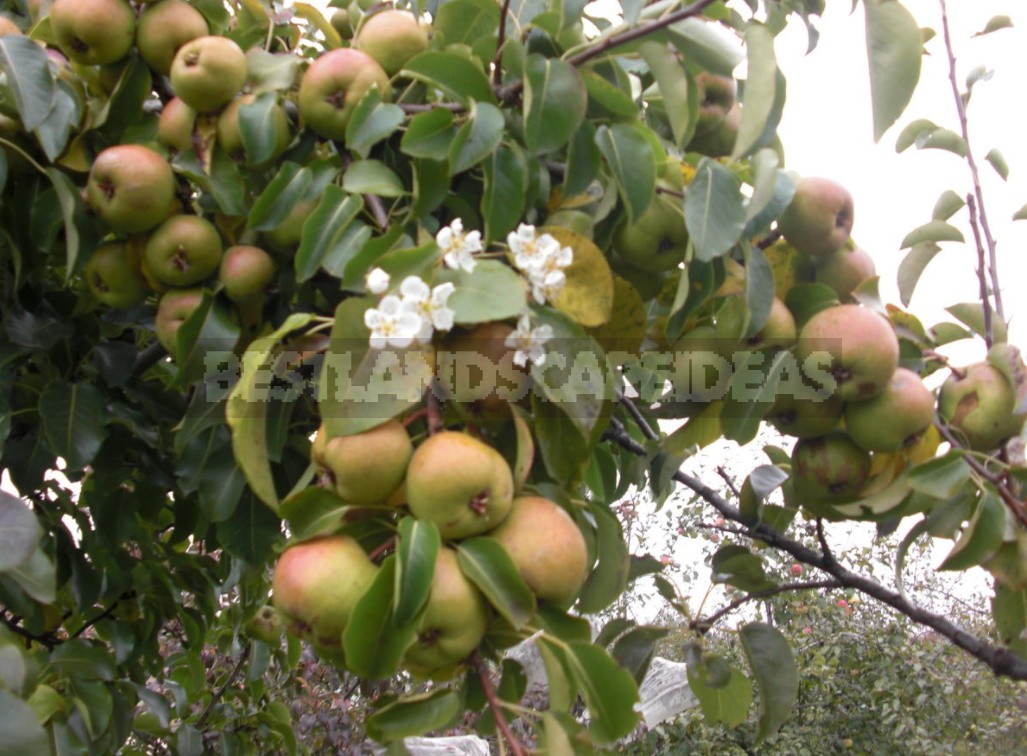
Due to the fact that repeated flowering in fruit crops is not mass, neither during the winter (unless, of course, there are extremely low temperatures), nor on the future harvest, it will not affect. But for Lonicera, autumn blooming can mean crop loss regardless of winter conditions. After all, it bears fruit only on annual increments, and all the buds that have bloomed in the fall will not bloom in the spring. There is no way to regulate this process. But it is possible and necessary to cull varieties that tend to come out of a state of rest under the influence of a warm, prolonged autumn (causes of secondary flowering). For further cultivation, it is necessary to focus on varieties that are devoid of this biological disadvantage.
Special consideration should be given to the situation if your site prematurely yellowed and fell leaves, as well as strongly crumbled not only sick, but also quite healthy fruits. First, all carrion, including stone crops, must be collected and disposed of (for example, in a compost heap), as the seeds attract mouse-like rodents. Quickly and repeatedly multiplying, they then move on to wintering flower bulbs (except daffodils), roots, bark of young trees and shrubs and can completely destroy everything.

Further, these signs are most likely a signal of soil waterlogging. This can be an increase in the ground water level, or water stagnation due to poor water permeability in the lower layer on clay soils. In both cases, the roots suffer first due to the accumulation of toxic anaerobiosis products in non-flowing water, and then the crown. The roots gradually rot and, despite the abundance of water, can not absorb it and feed it into the crown. Moreover, the higher the temperature of the air, the more pronounced is the oppression of the tree. This reduces its winter hardiness and is subsequently accompanied by dryness, rotting of the bark in the lower part of the stem, etc.
Such trees do not respond to treatment. Radical cultivation of the site is necessary: soil drainage, soil structuring, high planting on embankments, etc. At the same time, short-term varieties with rapid yield are preferred.
Winter frosts and spring frosts
The main spring problem is late frosts. If the bloom is plentiful, harmful frost will not destroy the entire crop, but only thin it out, leaving intact ovaries that have already formed or buds that have not yet opened. But its mark can still appear on Apple and pear fruits in the form of rusty spots and stripes. Spring frosts often spoil the commercial appearance of fruits in this way, but this does not affect their taste qualities or the subsequent condition of trees.
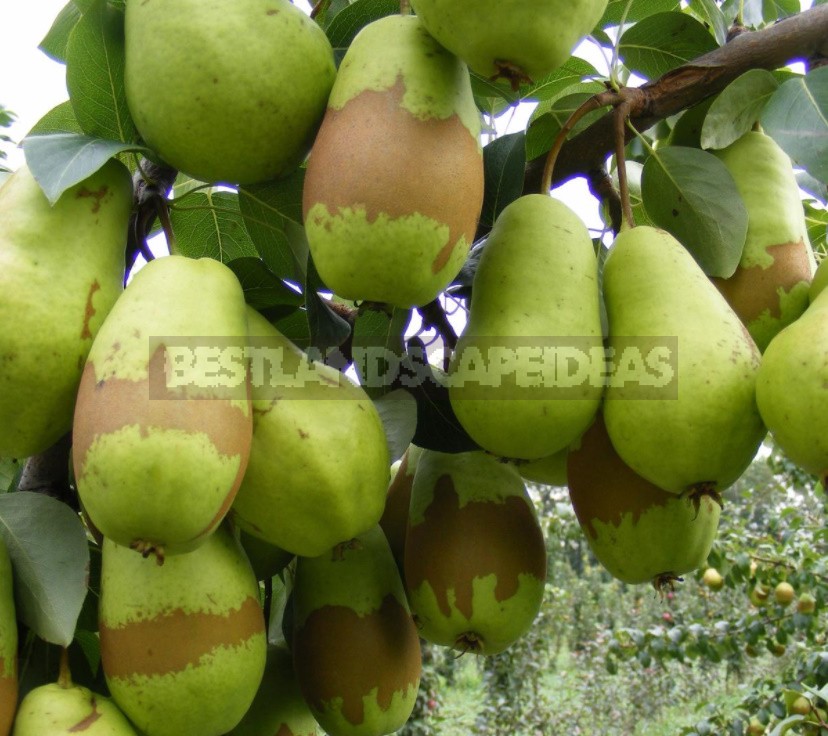
The frostiness of each winter is unpredictable, but it is always more likely to survive in zoned varieties adapted to local conditions. They finish growing in time and have time to prepare for winter.
If the growth of shoots due to the warm autumn was delayed, they did not have time to completely lignite – these trees or seedlings are most likely to suffer winter damage. In the spring, they can be manifested by drying of the tops of branches, necrosis of the tissues around the buds with their subsequent drying, as well as damage to the bark, which becomes noticeable only in the summer, and sometimes the next year (local color changes, cracking, gradual sagging and drying to the wood, etc.).
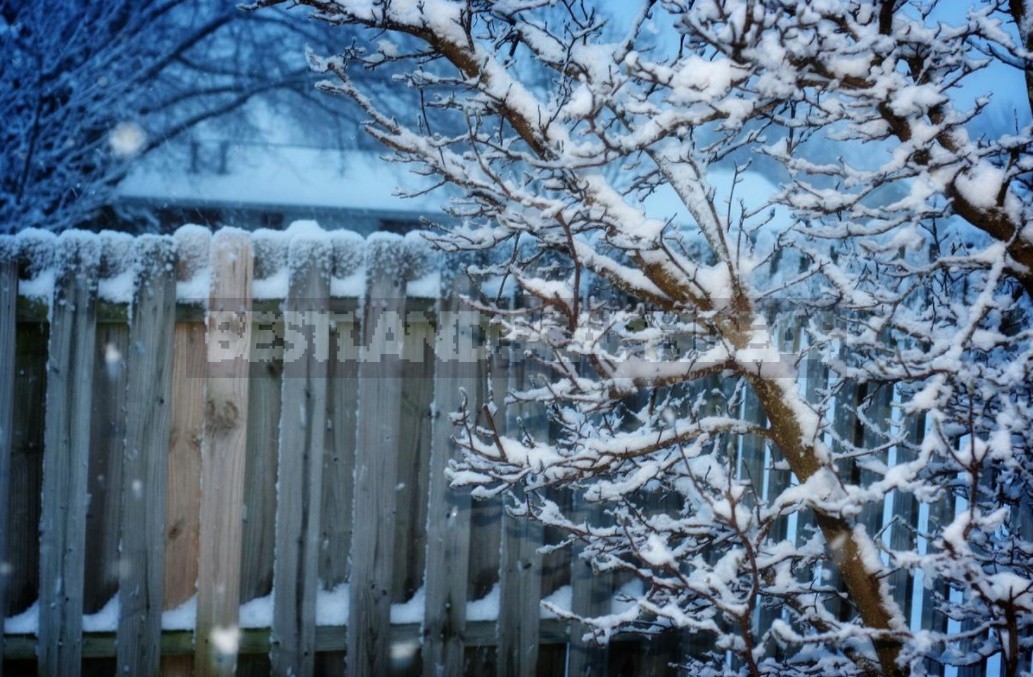
The most dangerous ring damage to the bark in the lower part of the stem, often occurring due to stagnation of non-flowing water. How to treat such plants and whether it is worth it if the damage is often repeated-a special question. It is much more important to prevent them by planting adapted varieties and competent agricultural techniques.
Due to the long absence of snow on the already frozen ground, another type of winter damage can occur: bulging out of the soil of strawberries, cuttings, rootstocks, bulbs, etc. planted in late summer or autumn. The reason for this phenomenon is simple: soil moisture when frozen turns into ice, which, expanding, pushes out plants that have not had time to take root. As a result, they either dry up or freeze.
To avoid such trouble, it is necessary to mulch all autumn plantings with any loose substrate (peat, rotted sawdust, forest litter, etc.). just in case, you should always have a supply of such a substrate, protected from freezing, and as necessary, sprinkle them on the exposed roots, including in early spring.
We can’t influence nature and weather events, but we can protect our plants from most problems.
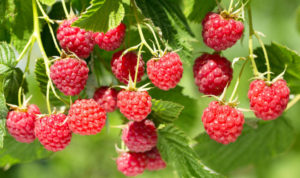

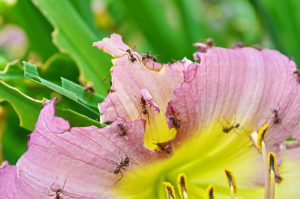
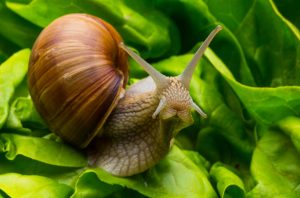
Leave a Reply